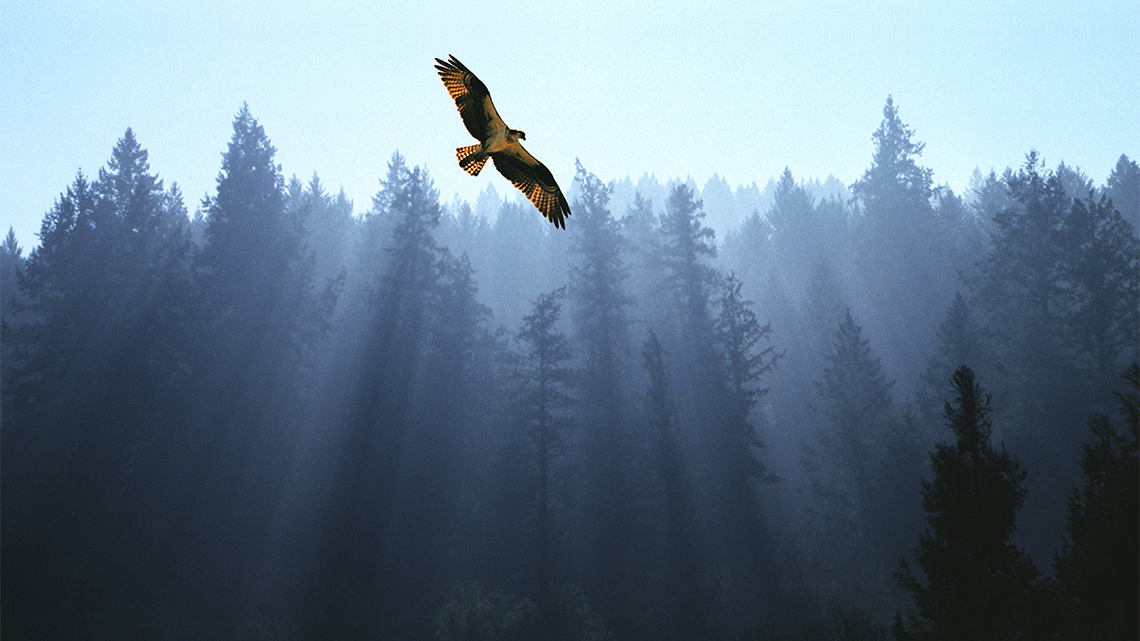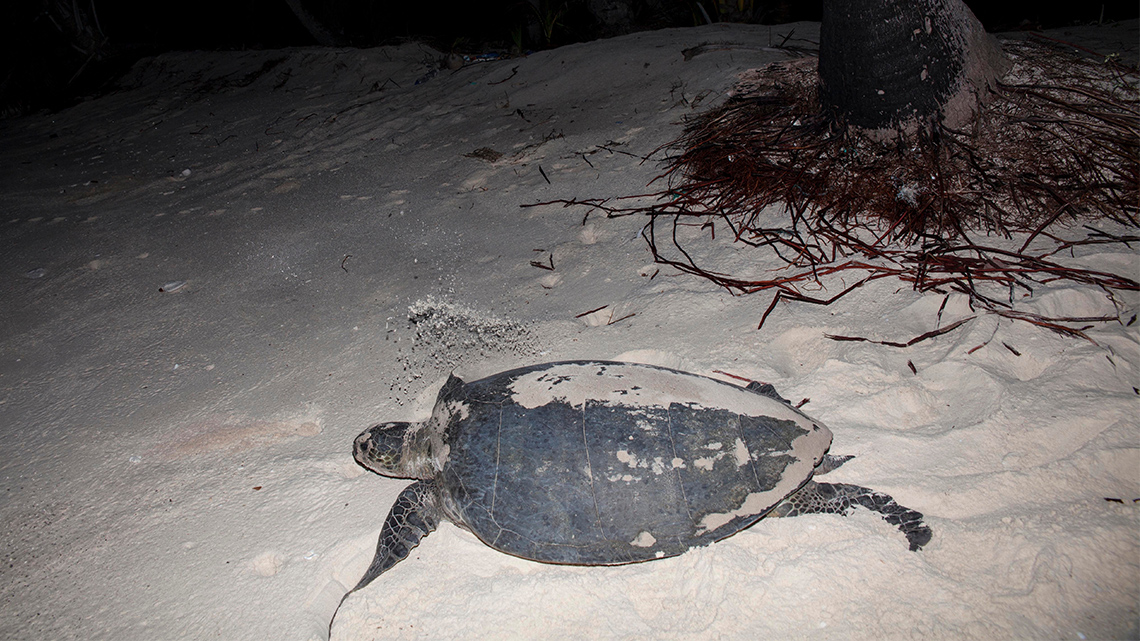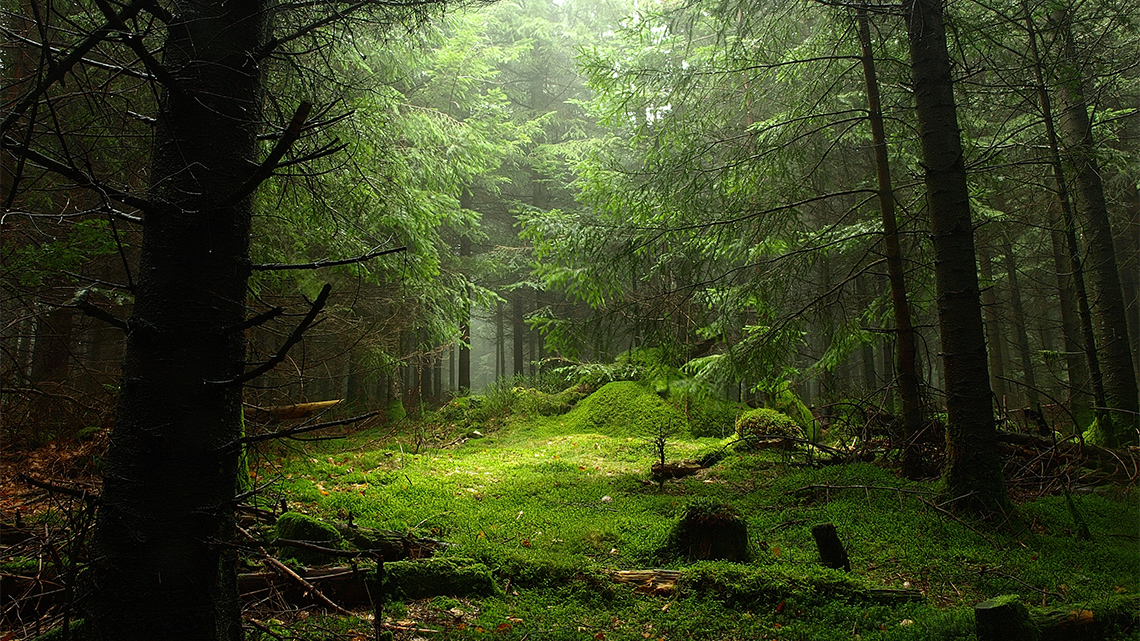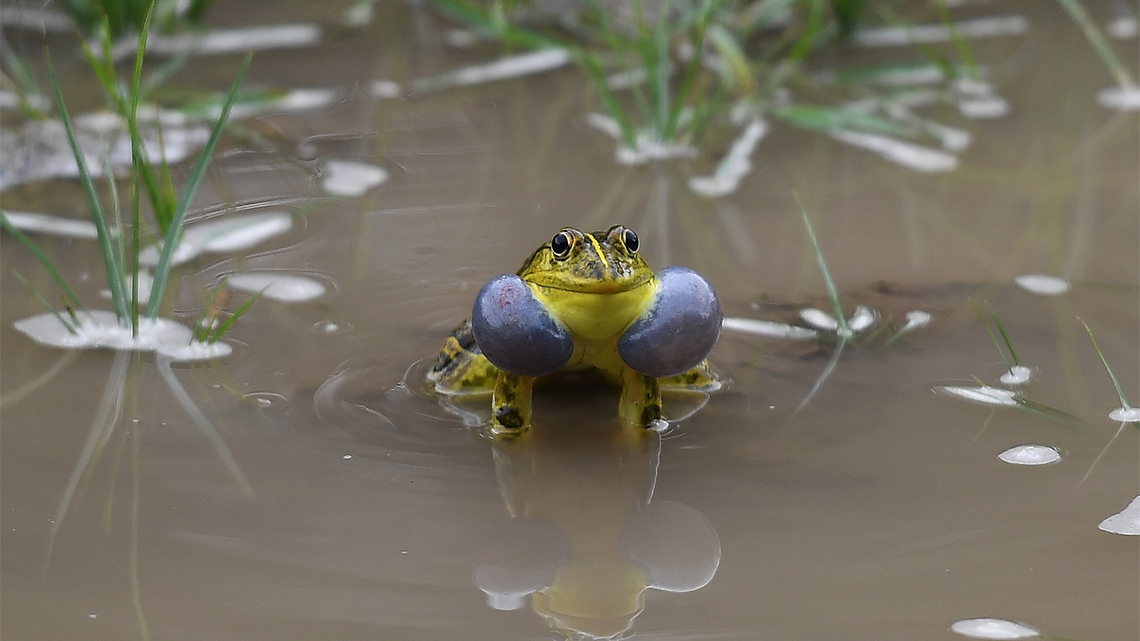Minds On
Technology: lights and sounds
Check out the following image and description. Respond to the following questions on paper, digitally, as an audio recording or in another method of your choice:

National Day fireworks display in Singapore, 2016.
A large fireworks display takes place above a night view of downtown Singapore with lights shining from buildings, boats and cars. When the fireworks explode, they made a loud sound like booming thunder.
What lights and/or sounds does the image and description make you think of?
- Can you tell which devices or types of technology the lights are coming from?
- What type of technology or device might be the source of the sounds?
Press ‘Hint’ to explore a possible answer to help guide your thinking.
The image might make someone think about the booming and crackling sounds of fireworks, or the noises from a downtown urban setting including the horns of car traffic and beeps from crosswalk prompts. In addition to the lights from fireworks display, there is bright light coming from the city buildings, boats, cars, and streetlights.
Action
The impact of technology
Technology is meant to benefit society and make daily tasks easier for humans. However, technology developments sometimes can have a harmful impact on the environment and the natural wildlife habitats.
Light and sound can pollute the environment, too! These forms of pollution harm a natural habitat’s ability to support its community. Wildlife rely heavily on their natural habitats. Animals are interconnected via food chains, which means the impact on one species will have an impact on all organisms.
Let’s revisit some vocabulary!
Press the following tabs to check out some definitions.
A form of life composed of mutually interdependent parts that maintain various vital processes (e.g., an animal, a plant, a fungus).
The place where an organism lives and that provides it with the food, water, shelter, and space that it needs to survive.
Interdependent groups of plants and animals that live and interact together in a habitat.
A network of feeding relationships within a habitat, where organisms can be classified as producers, consumers, or decomposers.
Ontario Science Curriculum, Grades 1-8 (2007).
Technologies and devices that emit (i.e. ‘give off’ or ‘produce’) light and/or sound can have a lasting negative impact on natural habitats. The negative impact is especially harmful in areas where that technology is used in higher numbers, such as cities.
One of the ways that this harm can be observed is through changes in the behaviour of certain species in a habitat. To explore more about these concerning changes, we will be engaging in stages of the Scientific Research Process! In particular, we will be using the steps Research and Record.
Explore the following video about the Scientific Research Process to examine how these individual steps work independently and together:
We will begin our research by examining how light and noise pollution impacts natural habitats around the world, using examples from forests, ocean/marine, and wetland habitats. Explore the accordion tabs following each image carousel for more detailed descriptions of the effects of technology on wildlife behaviour.
Light pollution
Light on its own is not a threat to wildlife. Animal species thrive in their natural habitats with the right amounts of natural light from the sun and moon.
However, the over-production of technology that produces artificial light interferes with the natural balance that exists within habitats. Artificial light can cause serious harm to certain wildlife species.
Press the following tabs to learn more details about changes in wildlife behaviour explored in the previous carousel.
Nocturnal predators are animals who hunt other animals at night. Nocturnal predators from forest habitats, like owls or hawks, are negatively affected by light pollution.
If a forest habitat is close to a major urban area with light pollution from buildings and cars, or large-scale industrial technology such as the lights from paper mills in more rural areas, nocturnal predators lose the natural darkness in forest that they require in order to feed.
One impact of light pollution is that their prey may stay hidden to avoid the light. Another impact is that predators like birds become confused by the bright lights and continue flying to the point of exhaustion.
Sea turtles also require occasional darkness in their habitats in order to meet their shelter needs. These marine animals need to nest on dark or dimly lit beaches in order to hide from their predators.
Also, baby sea turtles nesting on these beaches wait for nightfall to migrate to their ocean habitat where the only light should be the moon reflecting off the water to give them a clear path.
However, light-polluted beaches mean these young turtles may become confused and migrate towards an artificial source of light by accident, making them even more vulnerable.
Although considered pests by many humans, insects are an essential part of the diets of both carnivores and omnivores.
In wetland habitats, light pollution has a negative impact on amphibians like frogs. The reason is the insects they feed on become attracted to artificial light from boats and advanced underwater tracking technologies and can die immediately upon contact.
Amphibians who feed on nocturnal animals, like bats, rely on the natural darkness of nighttime for hunting. They have increased trouble locating prey when artificial light lights up their habitat.
Check your understanding
Pause and Reflect
Effects of light pollution
Consider your learning on light pollution. Record two important new facts that you learned about how light pollution affects animals and their communities across different habitats. Prepare your response using a method of your choice.
Noise pollution
Natural habitats can have all kinds of loud sounds, so it’s not noise alone that threatens wildlife communities. New forms of motorized transportation and modern machinery for building construction in urban and developing areas are examples of human activity that create remarkable levels of noise. This over-production of loud sounds leads to the noise pollution that impacts wildlife.
Press the following tabs to access more details about the impact of noise pollution on natural habitats.
Too much artificial sound disrupts not only the animals, but also the plants in certain habitats. Many tree species rely on animals to help disperse their seeds and repopulate forests. An animal who disperses a seed is an animal that picks up and spreads out seeds to new areas. When the animal species are disrupted, the future health of an entire forest community is at risk.
For example, noise pollution causes small seed-dispersing animals like squirrels to relocate in hopes of finding a quieter environment. This threatens the whole forest’s ability to regenerate.
Advancements in underwater technology have led to light pollution and noise pollution in marine habitats. Technologies like sonar or the type of air guns used in oil excavation activities vibrate as they function. Those vibrations become powerful sound waves that can travel thousands of kilometers and disrupt or even injure marine species such as the deep-diving Cuvier’s beaked whale.
Noise pollution overpowers the natural sounds that emerge from animal habitats. As there is more noise pollution, it becomes more difficult for animals to communicate with each other.
For amphibian species found in wetland communities, noise pollution from technology drowns out their calls to each other. Australian pobblebonk frogs have a natural hearing range of 800m, but with the buzz of noise pollution that can be reduced to as close as 14m.
Check your understanding
Pause and Reflect
Effects of noise pollution
Consider your learning on noise pollution. Record several important new facts that you learned about how noise pollution affects animals and their communities across different habitats. Record your ideas using a method of your choice.
Consolidation
Putting it all together

As you explored in the video clip in the previous section, another important stage of the Scientific Research Process is to Communicate what you’ve learned. You have conducted research into how light and sound pollution can have a harmful impact on natural habitats and the communities of wildlife they support.
Select an example of sound or light-emitting technology from the following word bank or a different option of your choice and choose one of the three habitats explored previously.
If you would like, you can select one of the other examples of habitats listed that was not explored in the earlier carousels and accordions.
In a method of your choice, describe how your chosen technology might affect the animals in a particular habitat. While preparing your response, consider the following guiding questions:
- What kind of noise or sound does your example of technology produce?
- In what kind of areas is the technology used? What type of habitat might it be close to?
- Which species are sensitive to the way this technology impacts the environment? How?
| Types of technology/devices | Type of habitat |
|---|---|
|
smartphones streetlights lights from boats and marine transportation underwater air guns used in oil exploration electric drills led billboards |
forest wetlands marine/ocean desert arctic/polar grasslands |
Reflection
As you read through these descriptions, which sentence best describes how you are feeling about your understanding of this learning activity? Press the button that is beside this sentence.
I feel…
Now, record your ideas using a voice recorder, speech-to-text, or writing tool.





